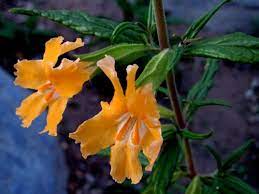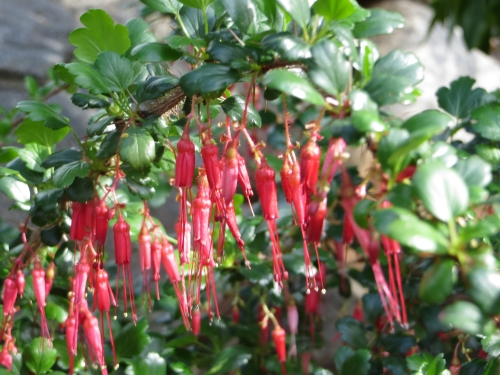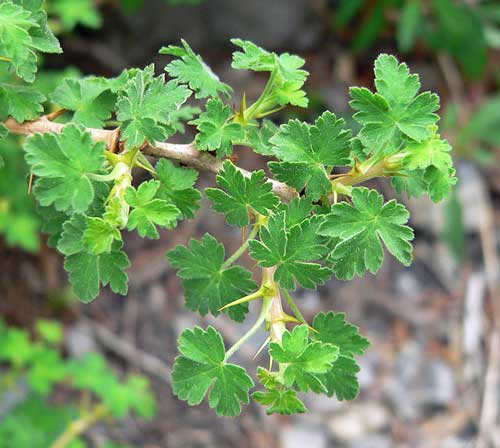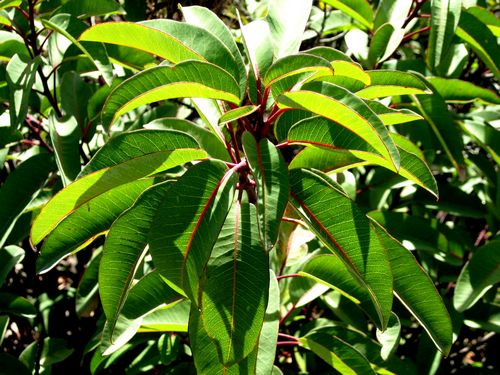Plantain or Speedwell Family
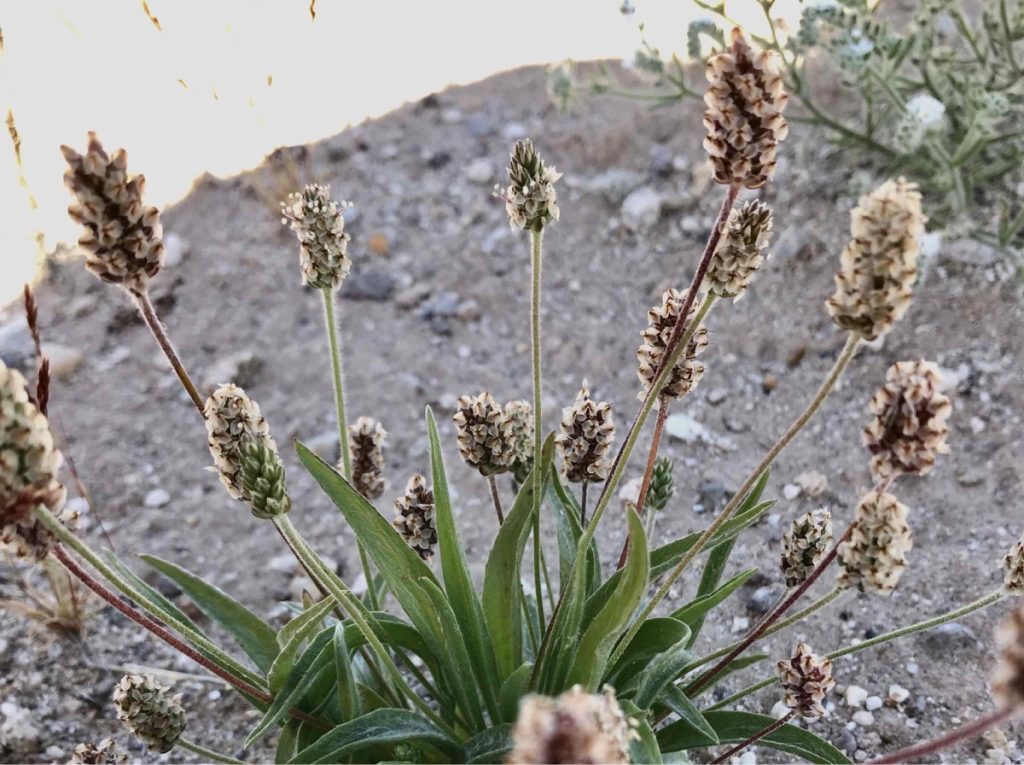
Here are some characteristics of the Plantaginaceae:
- Herbaceous Perennials: Most members lack woody stems and persist for multiple growing seasons.
- Simple Leaves: Typically simple, often arranged alternately along the stem, vary in size and shape but are often lanceolate or ovate
- Inflorescence: Spikes, racemes, or panicles. Terminal or arise from the leaf axils.
- Bisexual Flowers
- Symmetry: Usually exhibit bilateral symmetry
- Corolla: Often fused into a tubular shape with four or five lobes at the apex.
- Superior Ovary
- Fruit Type: Capsule containing numerous small seeds.
- Ecological Importance: Food sources for various insects and animals.
- Habitat Diversity: Wide range of habitats, including grasslands, woodlands, meadows, and disturbed areas.
The family encompasses a wide variety of plants, ranging from common roadside weeds to ornamental garden flowers, and includes species with both medicinal and culinary uses.
Link to Jepson video showing characteristics
Link to Jepson eflora key to Plantaginaceae
